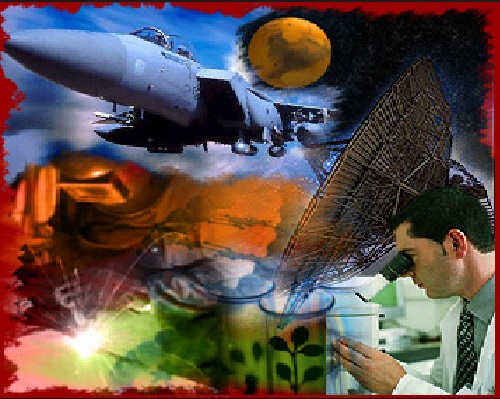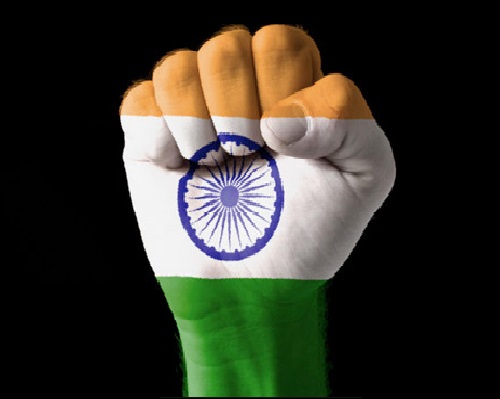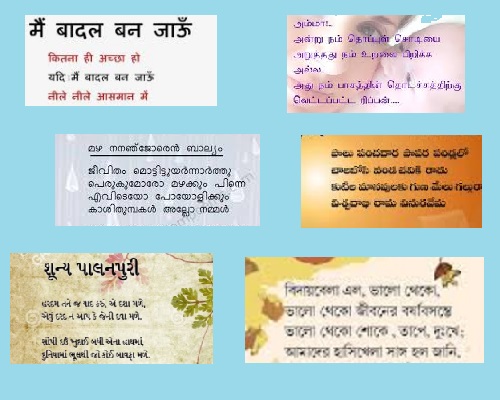India at FIRST....did you know ?
Two years after it stunned the world by launching the world’s cheapest Mars orbiter mission in its first attempt, India’s space agency, the Indian Space Research Organisation (ISRO), launched as many as 104 satellites into space. SatellitesPSLV-C37 carried 101 satellites belonged to six foreign countries. They included 96 from the US and one each from Israel, the UAE, the Netherlands, Switzerland and Kazakhstan.
Pope Francis declared Mother Teresa a saint in September. Born to ethnic Albanian parents in 1910, Mother Teresa went on to establish the Missionaries of Charity (MC) Sisterhood in India in 1950, caring for the destitute in Kolkata’s slums, and garnering both praise and criticism for her methods.
India overtook the US in terms of internet users. At 227 million people, India’s internet user base is now the second largest in the world after China.
Bharat Biotech, an Indian company, became the first to file a patent for a vaccine against the virus, proving that local firms can also be path-breakers in scientific research.
The Adani Group unveiled the world’s largest solar power plant, located in Tamil Nadu. The project took eight months to complete and can produce 648 mw of power, in September.
In the year 2016 India continued its craze for quirky Guinness World Records. In September, a team of 20 people from an Andhra Pradesh sweetshop cooked up the world’s largest laddu, weighing in at 29,465 kgs.
India’s richest man, Mukesh Ambani, introduced the Reliance Jio service with the world’s cheapest data rates and free voice calls, changing the game in the country’s telecom market, in September
Ms. Dipa Karmakar, a 23-year-old, converted a whole nation into fans of gymnastics with her daring moves at the Rio de Janeiro Olympics in August. She is the first Indian woman gymnast to qualify for the games—didn’t win a medal,yest she established herself as a name to remember by being one of the few gymnasts in the world to execute the Produnova vault - the “vault of death.” She is a Tripura native.
The Indian football club Bengaluru FC made history in October by reaching the finals of the AFC Cup. It was the first time an Indian team had made it that far in the prestigious tournament. Yes, it is a history.
Incidentally, India is now one of Tinder’s top five growing markets in the world, drawing 14 million swipes a day as Indians step up their search for hook-ups, casual dates and even love online.
Asia’s third-largest economy surpassed Russia and Saudi Arabia when it came to defence spending in 2016, making India one of the top five defence spenders in the world
The Indian women’s hockey team beat China in the last minutes of the finals match to win the Asian Champions trophy, in November 2016.
Priyanka Chopra ranked 8th on Forbes’s 2016. Bollywood star Priyanka Chopra established herself as a force to reckon with in Hollywood, too, appearing on the cover of W magazine and presenting an award at the Emmys. And all her hard work has paid off.
On July 11, a group of volunteers in Uttar Pradesh planted 49.3 million tree saplings in a bid to boost green cover and combat climate change, India embarked on a drive to plant millions of trees in just one day.
Sikkim became India’s first organic state, producing crops such as maize, paddy and cardamom that are free from harmful pesticides and fertilizers
A citizens movement in Mumbai culminated in August with the world’s largest beach cleanup, ridding Versova beach of over four million pounds of trash
Nineteen-year-old Reshma Qureshi proved that acid attack survivors can be powerful advocates for social change. Qureshi walked the runway at New York Fashion Week this year, making a strong statement about beauty and style, as well as promoting the #EndAcidSale movement
Narendra Modi continued to travel across the world with a push to strengthen India’s foreign policy. In all, the prime minister travelled to at least 17 countries in 2016.
In another case, a woman in Kanpur refused to get married because her would-be groom’s house did not have a toilet






